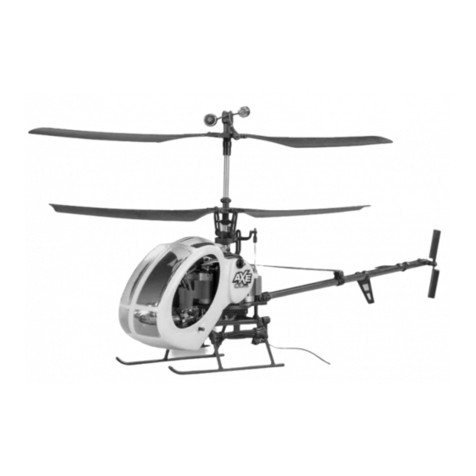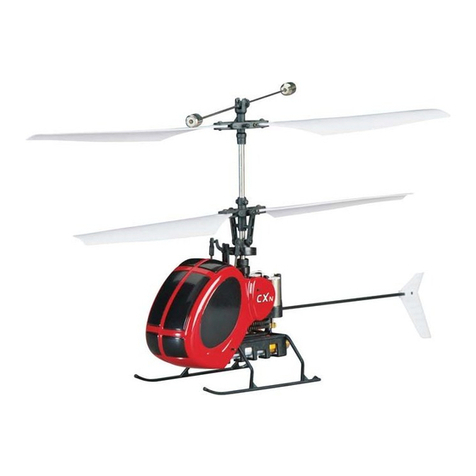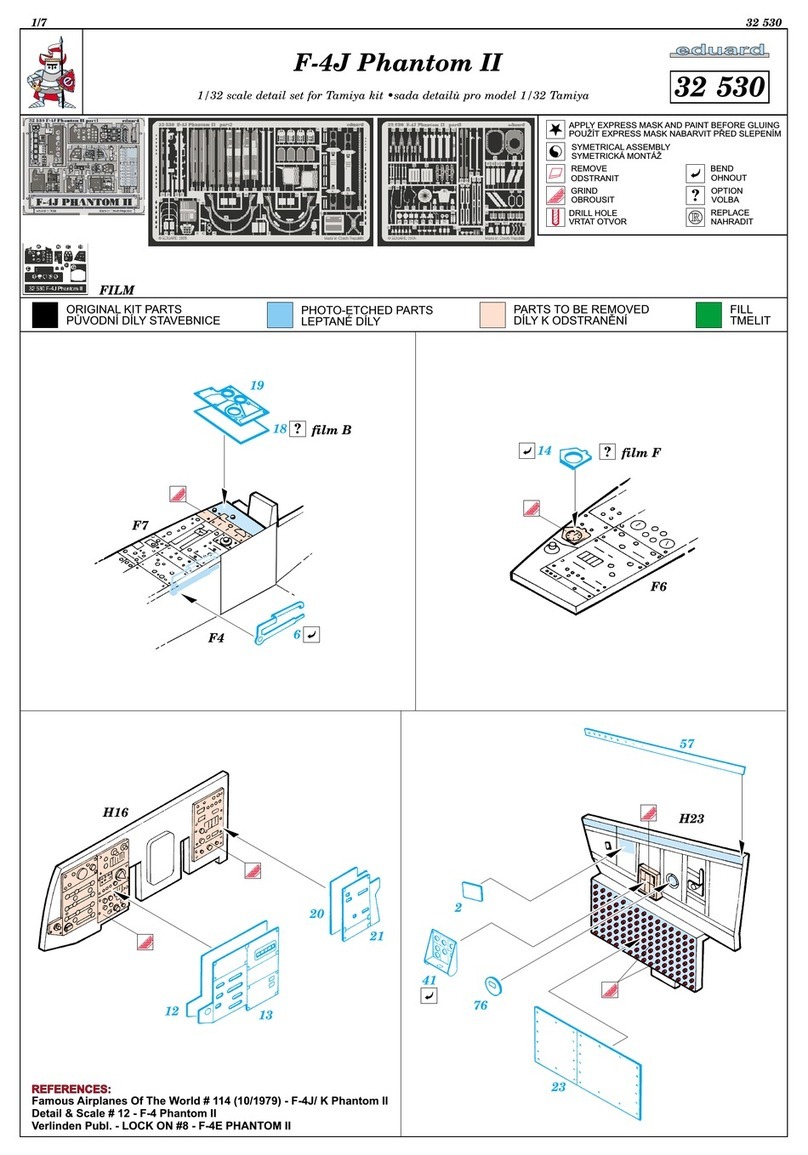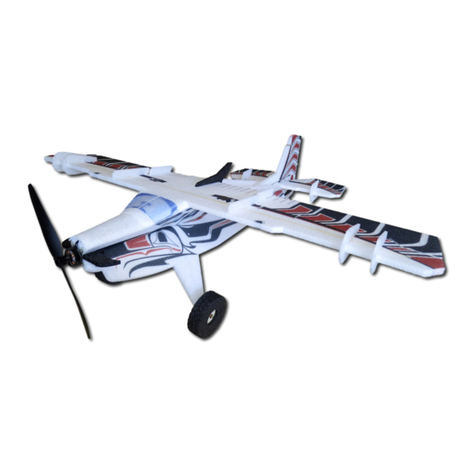Heli-Max AXE100CX User manual




















Table of contents
Other Heli-Max Toy manuals

Heli-Max
Heli-Max Novus CP User manual

Heli-Max
Heli-Max Comanche CX User manual

Heli-Max
Heli-Max 1SQ V-cam User manual
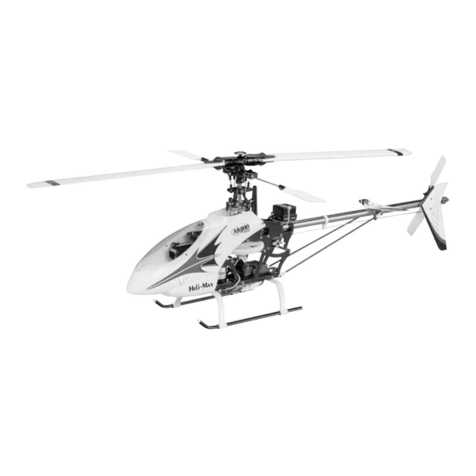
Heli-Max
Heli-Max MX400 PRO User manual
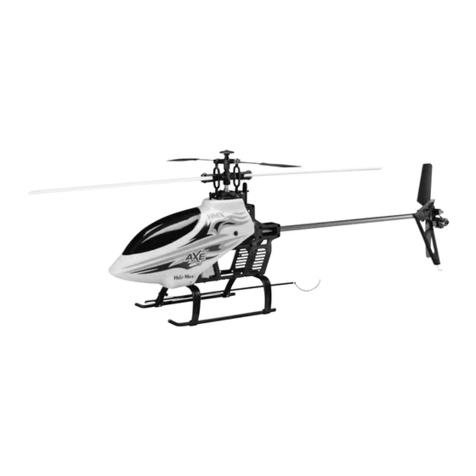
Heli-Max
Heli-Max AXE Mini EP RTF User manual
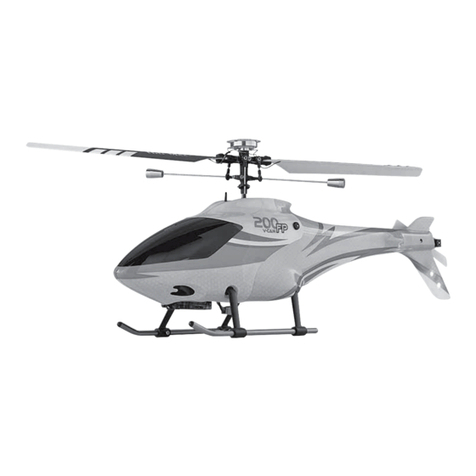
Heli-Max
Heli-Max 2000FP V-Cam User manual
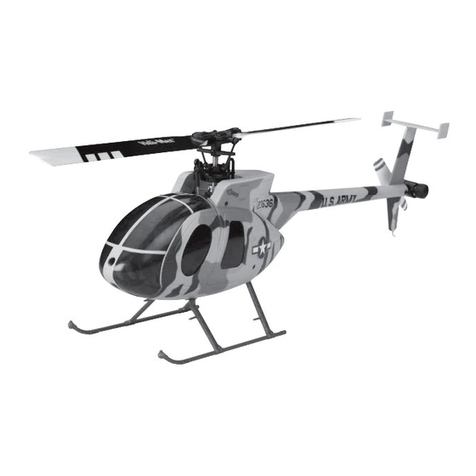
Heli-Max
Heli-Max MD530 2.4GHz RTF/Tx-R User manual
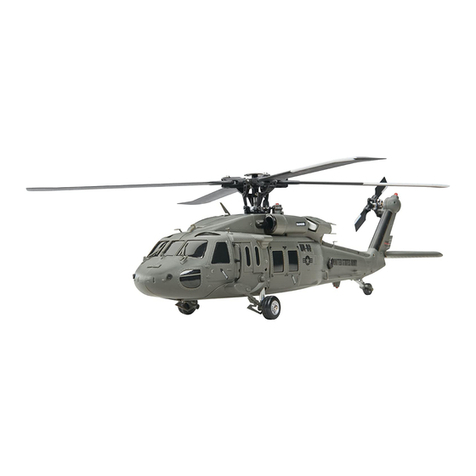
Heli-Max
Heli-Max BLACK HAWK User manual
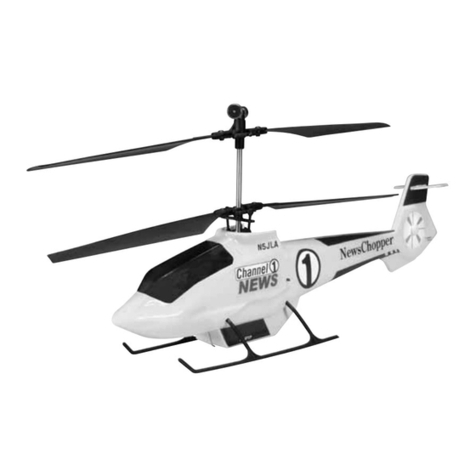
Heli-Max
Heli-Max Axe EZ User manual
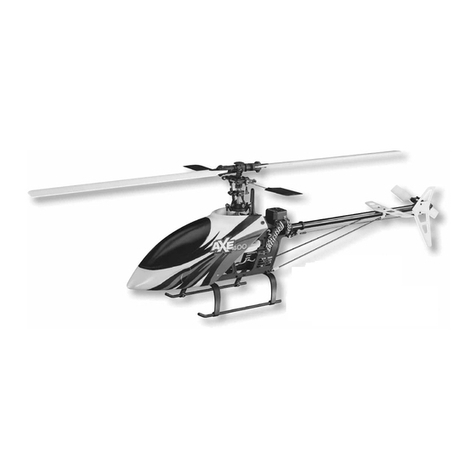
Heli-Max
Heli-Max AXE 400 3D Rx-R User manual

Heli-Max
Heli-Max Kinetic 50 User manual
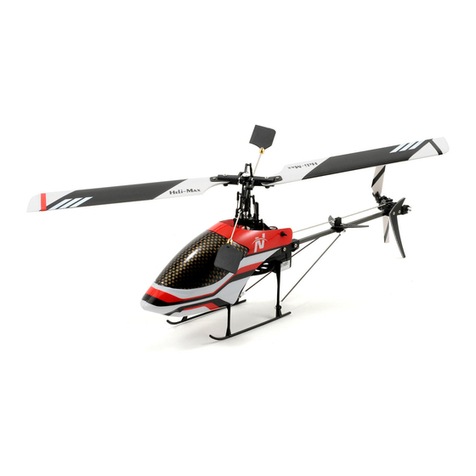
Heli-Max
Heli-Max Novus 125 CP User manual
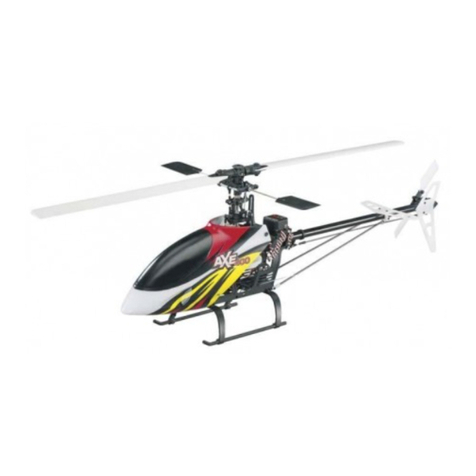
Heli-Max
Heli-Max AXE 400 RTF User manual
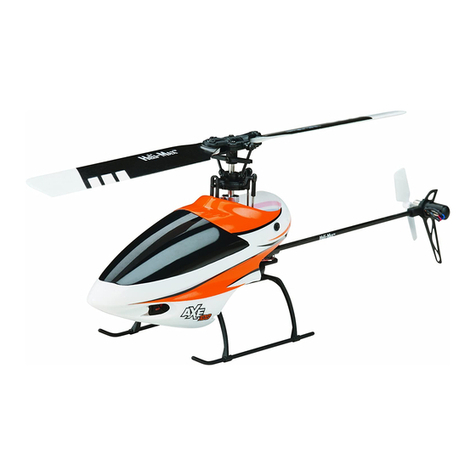
Heli-Max
Heli-Max Axe 100 FP 2.4GHz RTF User manual
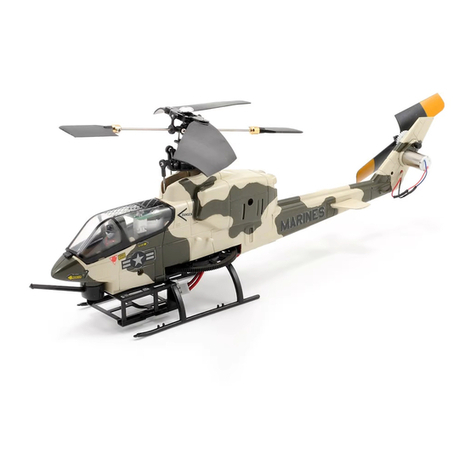
Heli-Max
Heli-Max Novus AH-1J SeaCobra User manual
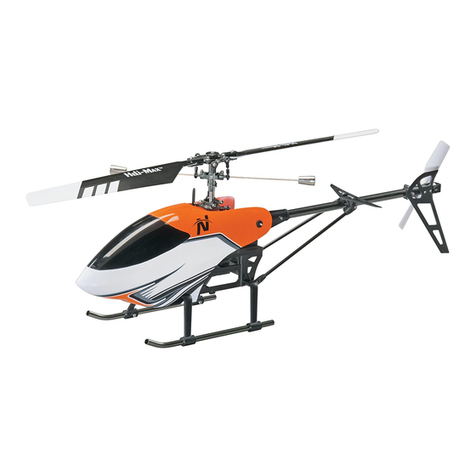
Heli-Max
Heli-Max Novus FP User manual
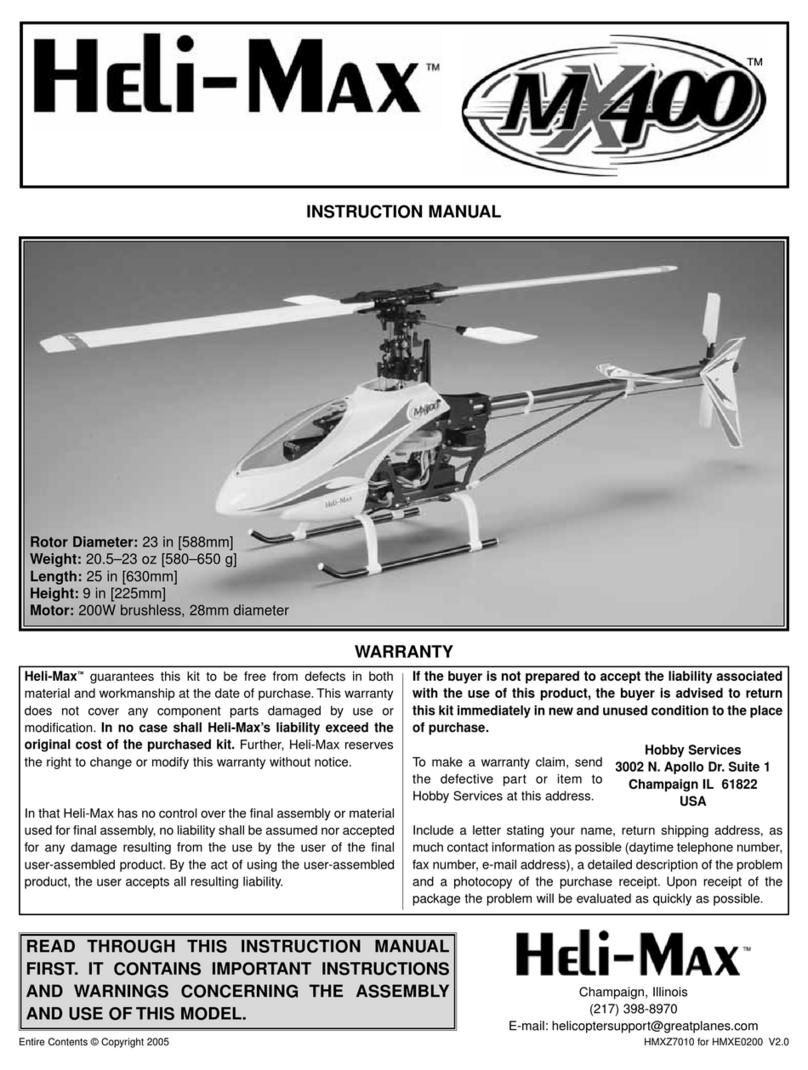
Heli-Max
Heli-Max MX400 PRO User manual

Heli-Max
Heli-Max RotoFly User manual
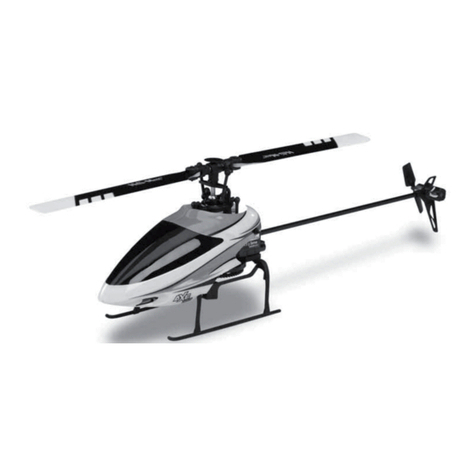
Heli-Max
Heli-Max AXE100 SS User manual
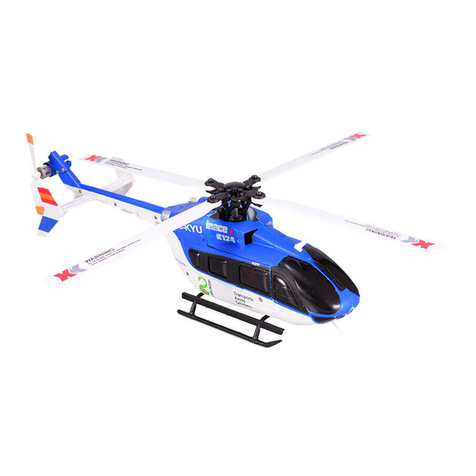
Heli-Max
Heli-Max EC145 User manual
Popular Toy manuals by other brands
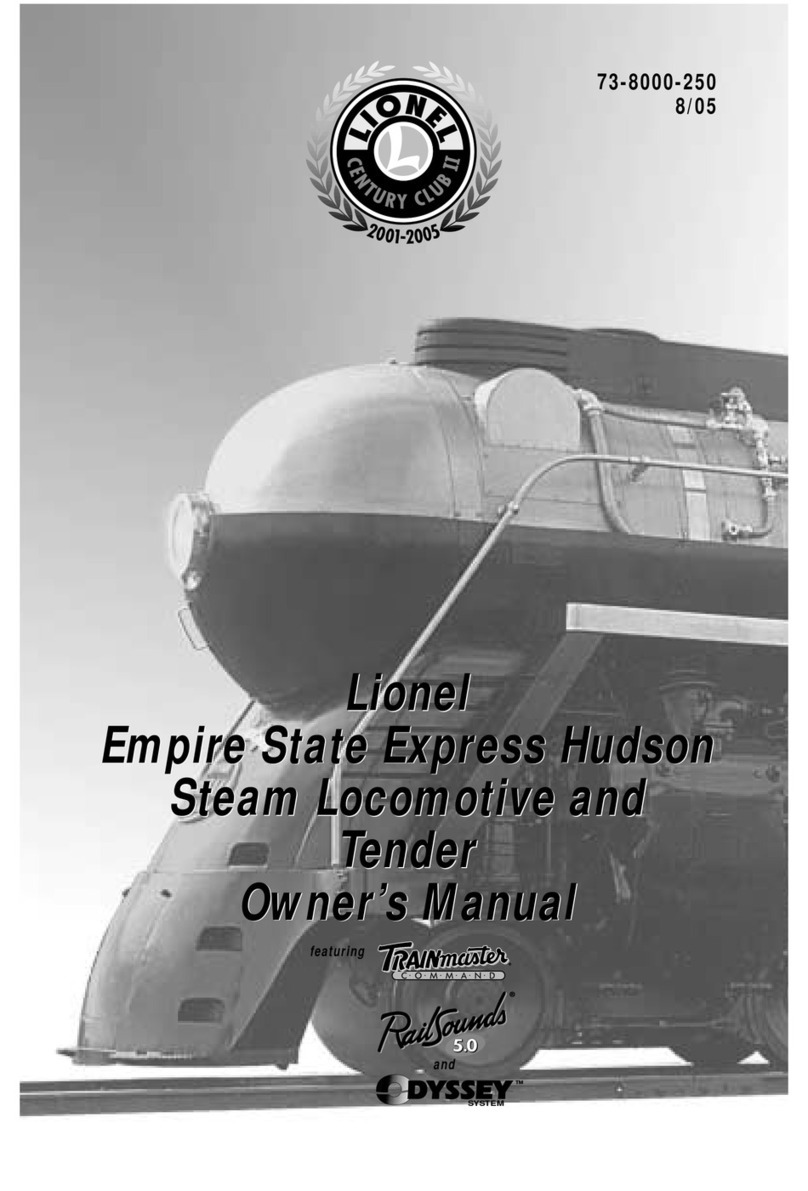
Lionel
Lionel Empire State Express Hudson owner's manual
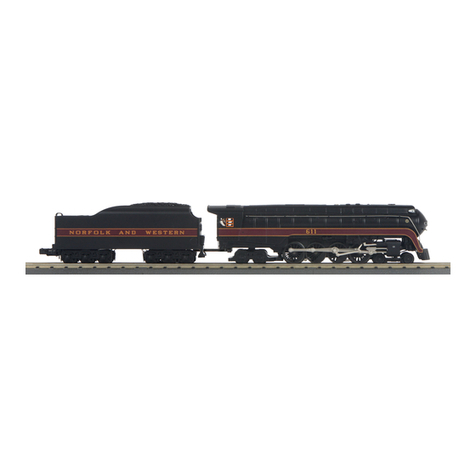
Rail King
Rail King RAILKING N&W J WITHPROTO-SOUND 2.0READY-TO-RUN TRAIN... operating instructions
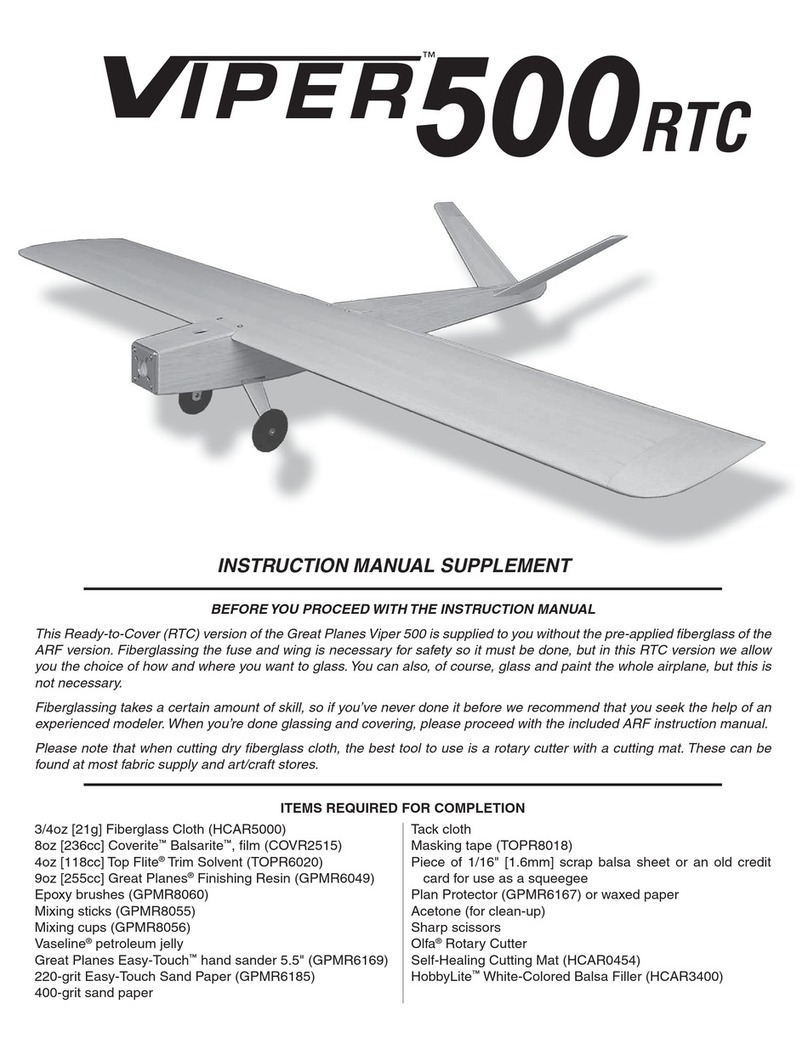
GREAT PLANES
GREAT PLANES Viper 500 RTC Instruction manual supplement
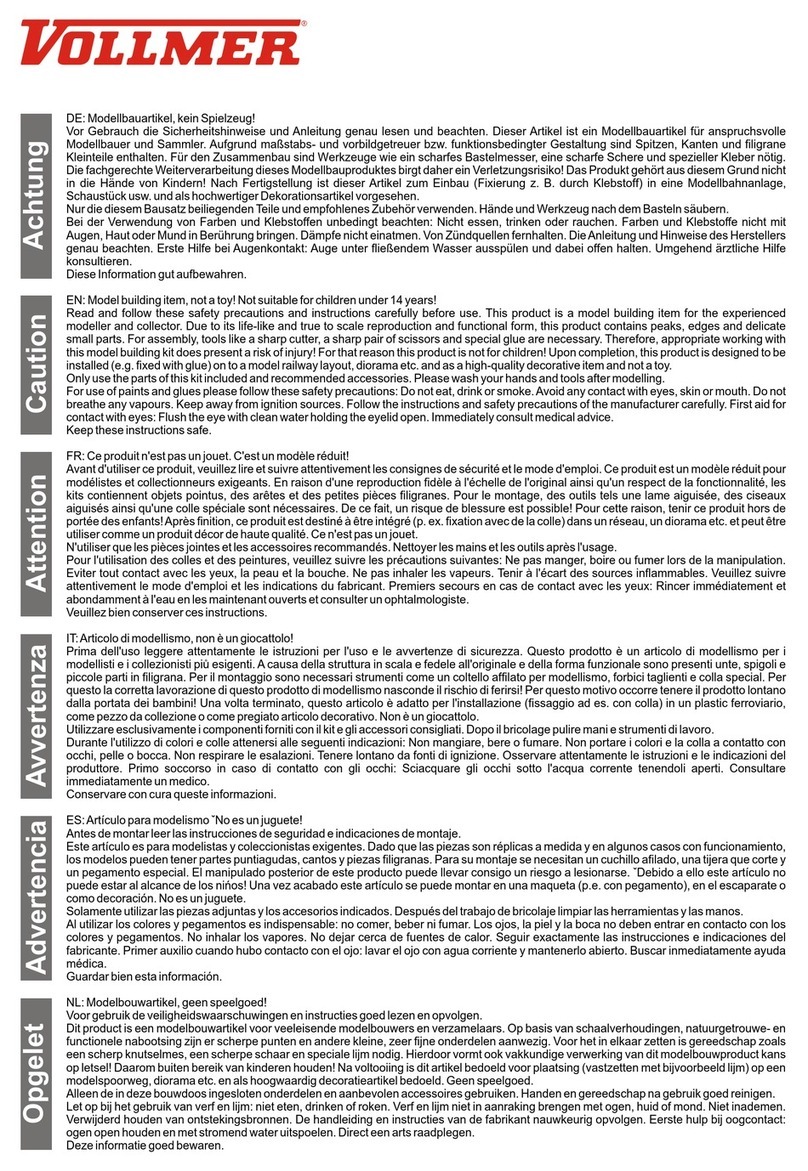
Vollmer
Vollmer 45146 Mounting instruction

Glow Bricks
Glow Bricks Lego Volkswagen T2 Camper Van 10279 installation guide
Hasbro
Hasbro TRANSFORMERS STARSCREAM DECEPTICON instruction manual
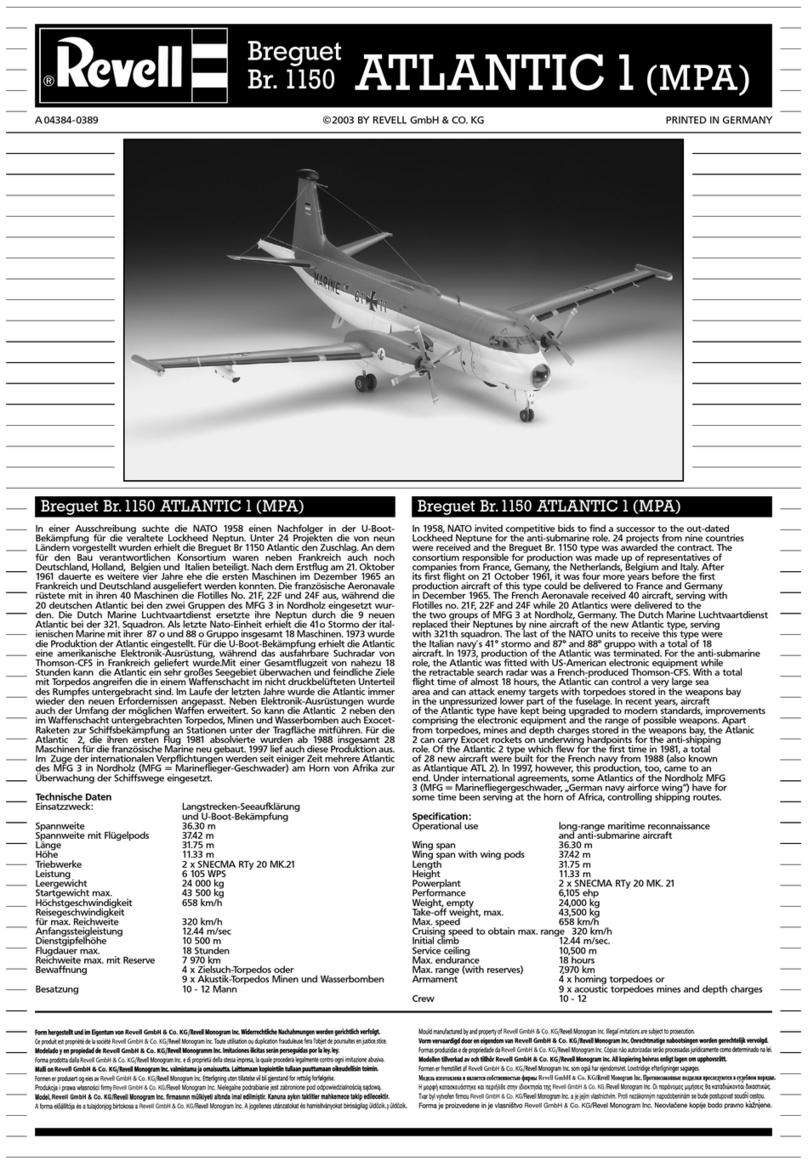
REVELL
REVELL Breguet Br. 1150 ATLANTIC 1 (MPA) manual
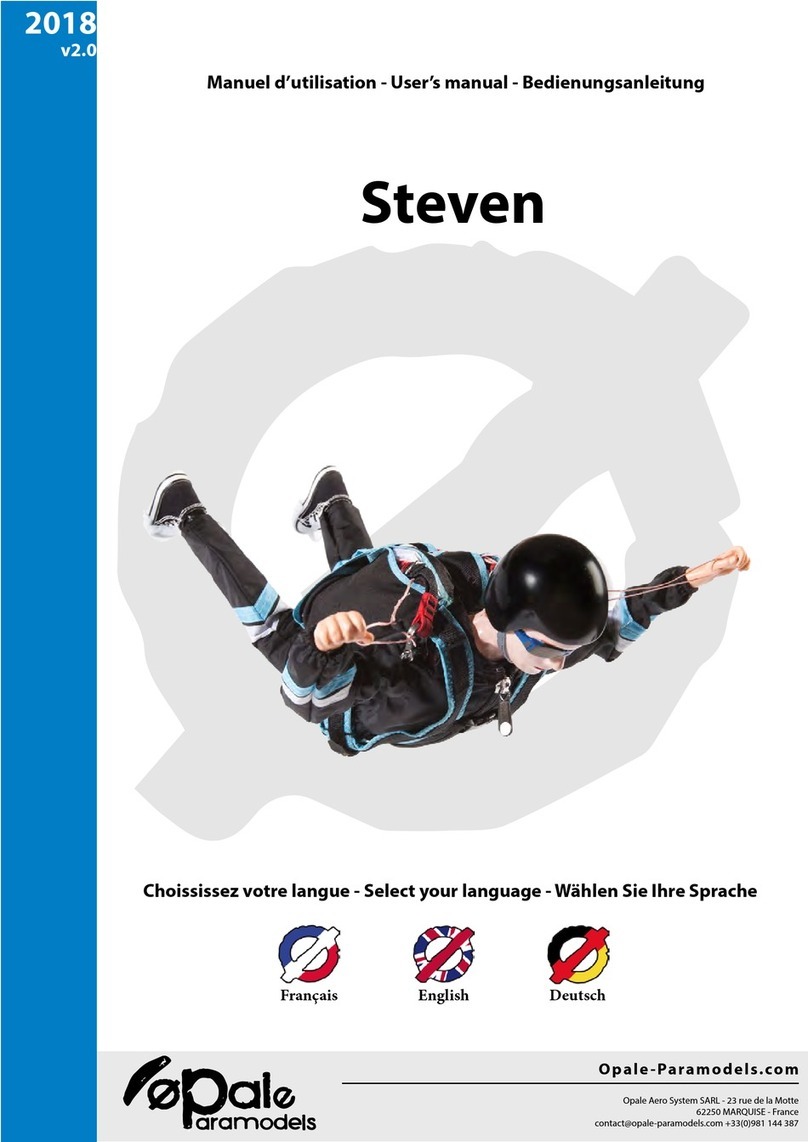
Opale-Paramodels
Opale-Paramodels Steven user manual
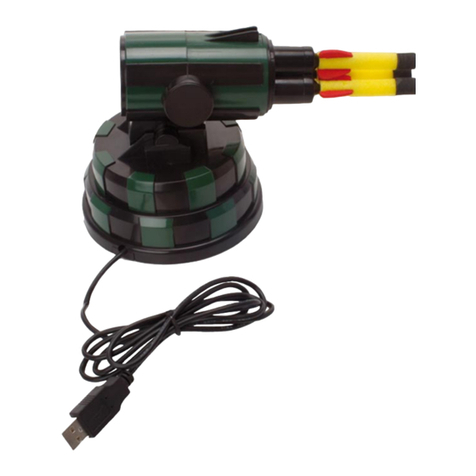
Steren
Steren GAM-010 user manual

Fisher-Price
Fisher-Price My First Dollhouse J0236 instruction sheet
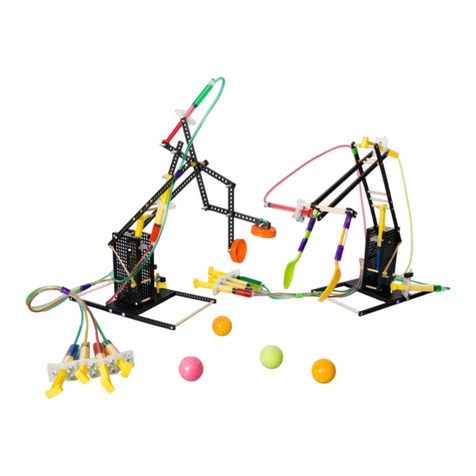
TeacherGeek
TeacherGeek Hydraulic Arm manual

Fisher-Price
Fisher-Price Miracles & Milestones H9741 manual
